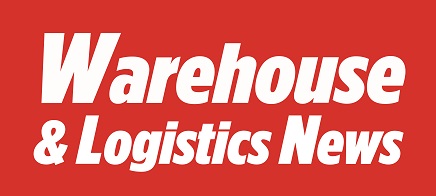After a challenging 2024 marked by fluctuating demand and rising operational costs, logistics companies and fleet operators are actively reworking their procurement strategies in 2025. Diesel trucks still dominate long-haul, yet regulatory pressure, electrification, and new customer expectations are already shaping what buyers specify and deploy.

Regulatory Pressure and the Move Beyond Euro 6
In 2025, regulation is a day-to-day driver—not a distant horizon. The shift beyond Euro 6, combined with the EU’s long-term climate targets, is pushing fleets to measure and reduce real-world emissions. CO2-based toll systems are expanding across Europe and are built into route cost models, making cleaner trucks a direct lever on operating costs.
Fleets are not abandoning diesel overnight. Instead, operators retain efficient diesel tractors for trunking while running electric trucks on regional distribution where charging is predictable and depot capacity supports it. The EU’s Alternative Fuels Infrastructure Regulation (AFIR) is already steering corridor planning and depot upgrades, so most fleets operate a balanced, mixed-technology model.
Electrification and Charging Corridors
Electric heavy trucks are not yet mainstream on long-haul, but momentum is tangible. Major manufacturers have vehicles in service for city logistics and regional transport, and high-capacity charging corridors in Scandinavia and Germany are coming into practical use along key freight routes.
For fleet managers, electrification in 2025 is an operational redesign. Route planning, charging schedules, and depot energy management are integrated into dispatch, and charging windows are aligned with dock slots. Electrification is less about buying one truck and more about tuning the entire system.
Safety, Comfort, and the Driver Shortage
The driver shortage continues to shape specifications. With many experienced drivers retiring and too few new entrants, fleets compete on safety and comfort.
Advanced driver-assistance systems (ADAS), lane keeping, automatic emergency braking, and blind-spot monitoring are treated as baseline features. Cab design evolves accordingly: ergonomic seating, digital dashboards, and improved climate control are specified as standard. Safer, more comfortable trucks support recruitment and retention in a tight labour market.
The Rising Importance of Total Cost of Ownership (TCO)
The central question is no longer “How much does the truck cost today?” but “What does the lane cost over five years?”
TCO calculations in 2025 include:
- Fuel and energy consumption on specific routes
- Maintenance schedules and service intervals
- Residual value at resale
- Emission-based road charges
- Insurance and financing costs
Operators compare diesel and BEV on the same lanes, using live telematics to refine assumptions. A higher upfront price can be the cheaper option when fuel efficiency, lower toll class, uptime, and residual value are accounted for.
Secondary Market: The Ongoing Strength of Used Trucks
The secondary market remains a core tool for expanding and modernising fleets without the cost of new vehicles. Late-model used trucks with documented service history help operators add capacity quickly and preserve cashflow.
Trucks from Germany are especially sought after thanks to strict inspections, comprehensive records, and strong build quality. For UK operators, importing German stock often balances reliability with compliance and cost control—an effective way to meet operational targets without overextending budgets.
Where the Focus Is Now
Three areas define the current market reality:
- Regulation: tightening CO2 targets and Euro-7-aligned thinking shape specifications and route economics today.
- Technology: digital telematics, predictive maintenance, and working electric corridors are changing daily operations.
- Finance: access to sensible credit and a liquid resale market determine the pace of fleet refresh under strict TCO discipline.
The common thread is adaptability. Fleets that pair efficient diesel for long-haul with targeted EV deployment, invest in safety and driver-centric cabs, and use the secondary market intelligently are meeting service levels while protecting margin.
Final Thoughts
The European truck sector in 2025 is no longer defined solely by horsepower and payload. Regulation, sustainability, and workforce realities carry equal weight—and they are already built into procurement and operations. The winning approach this year is practical: mix technologies, manage TCO rigorously, and leverage quality used equipment to stay responsive.
Platforms like Truck1 support this approach by providing access to reliable German trucks that combine cost efficiency with long-term value—helping operators implement what works now, not just plan for what’s next.




Comments are closed.